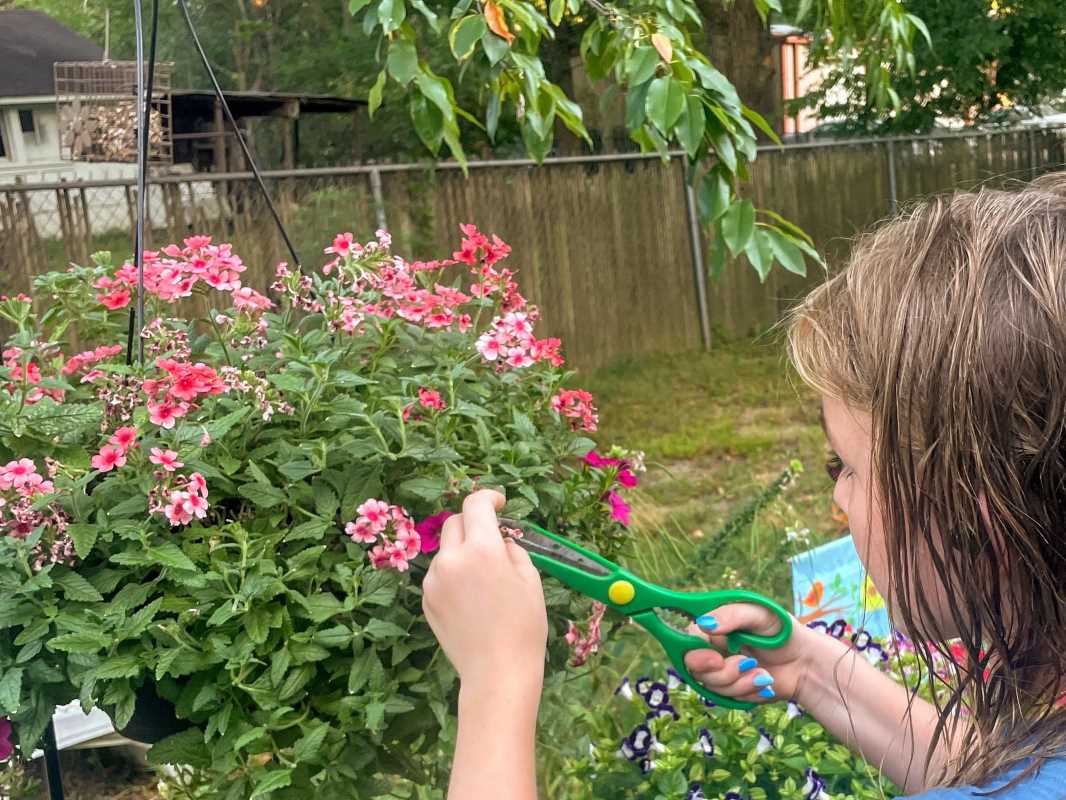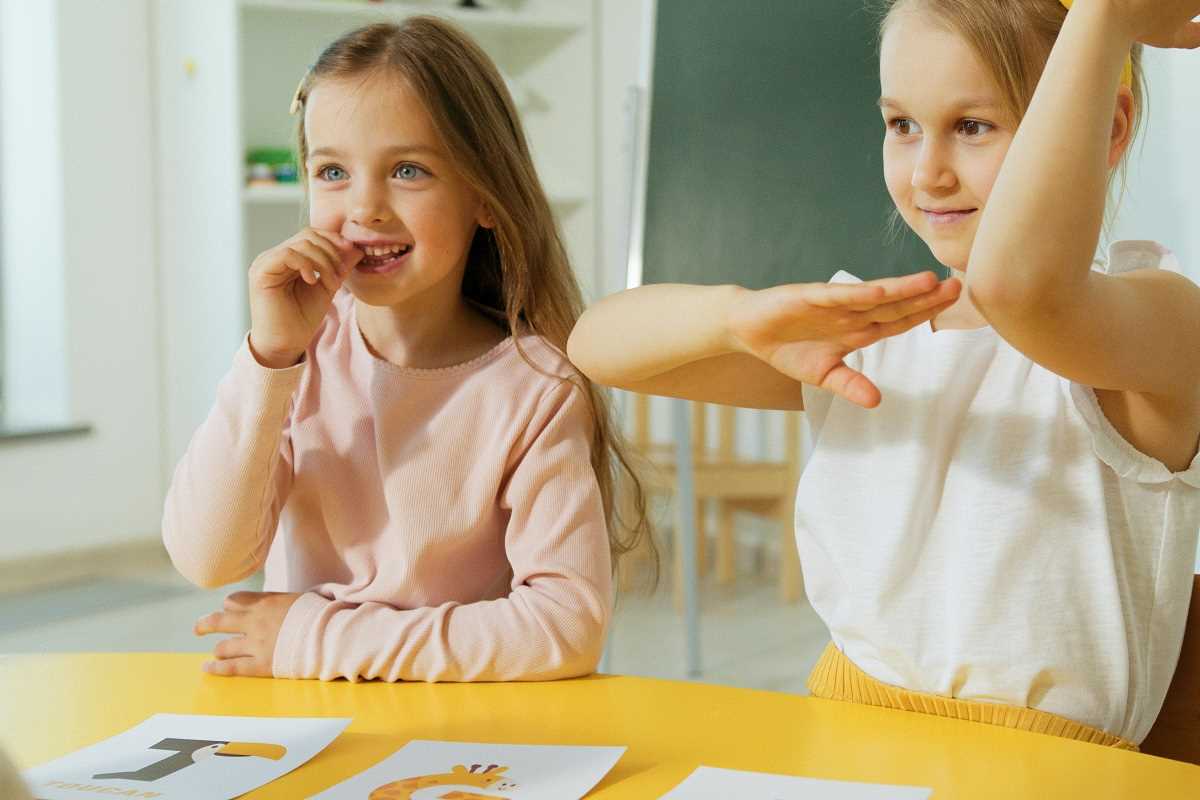Setting clear expectations in the classroom is foundational to establishing a positive learning environment. When expectations are communicated effectively, students understand their responsibilities, which can lead to improved behavior, greater engagement, and academic success. Educators can create a harmonious, structured, and supportive classroom by setting clear rules and practicing consistent communication.
Establishing Clear Rules and Consequences
Creating specific, understandable rules and outlining the consequences of breaking them is one of the most effective ways to set clear expectations. Clearly defining what behaviors are acceptable—and which are not—helps students feel secure and understand the structure of the classroom. A good practice is to involve students in creating these rules, making them feel more responsible and engaged. For example, teachers might facilitate a group discussion on acceptable behavior, then translate these ideas into classroom rules. Providing concrete examples of both behaviors and consequences helps students visualize expectations, giving them a clear framework to follow and establishing a sense of fairness in the classroom.
The Importance of Consistency
Consistency is a vital element of setting expectations in the classroom. For students to trust and respect the classroom environment, educators must apply rules and consequences fairly and consistently. When expectations are upheld regularly, students see them as non-negotiable, which fosters trust and a feeling of safety. For example, if an educator only enforces certain rules some of the time, students may become confused or think the rules are arbitrary, which can lead to disruptions. Consistent reinforcement of both positive behaviors and consequences is crucial in establishing clear expectations, helping students feel that the classroom is a reliable, structured space for learning.
Clear Communication of Expectations
For expectations to be effective, they must be communicated clearly and in accessible terms. Teachers should ensure that students fully understand what is expected of them. To enhance clarity, educators can use visual aids such as posters, charts, or infographics that outline key rules and expectations. These visuals serve as daily reminders and reinforce understanding. Additionally, teachers should encourage students to ask questions if they are uncertain, providing a supportive space for clarification. By regularly reminding students of these expectations and checking for understanding, teachers can ensure that students know what is required of them, which minimizes misunderstandings and disruptions.
Modeling the Expected Behavior
Teachers are role models for their students, and by demonstrating the behavior they expect, they set a powerful example. If a teacher wants students to be respectful, they should exhibit respectful language and interactions in their own behavior. Modeling creates a standard for students to follow and shows them the kind of conduct expected within the classroom environment. For instance, a teacher who values punctuality should also be on time and prepared for each class. When teachers lead by example, students are more likely to imitate positive behaviors, which can help reinforce classroom expectations naturally and effectively.
Providing Constructive Feedback and Support
Regular feedback is essential in helping students understand how well they are meeting classroom expectations. By providing timely and constructive feedback, teachers can positively reinforce desired behaviors while also offering guidance to those who may need support. Positive reinforcement, such as verbal praise, encourages students to follow expectations, creating a supportive atmosphere that recognizes effort and improvement. For students who struggle to meet expectations, constructive feedback and encouragement help them feel that they can succeed with additional effort. This feedback loop promotes a culture of growth, helping all students feel supported and capable of improvement.
Encouraging Student Involvement in Setting Expectations
Involving students in the process of establishing classroom expectations can greatly enhance their sense of responsibility and investment in maintaining them. When students feel that their opinions and suggestions are valued, they are more likely to respect and uphold the rules they helped create. Educators might consider setting aside time for a class discussion on expectations, encouraging students to contribute ideas on what makes a positive learning environment. This collaborative approach not only promotes buy-in but also promotes a positive classroom culture where students feel that they have a stake in the atmosphere and are active participants in maintaining it.
Reinforcing Expectations Throughout the School Year
Reinforcing classroom expectations at regular intervals throughout the school year helps sustain a positive learning environment. Periodic reminders ensure that students remain aware of their responsibilities, while also providing opportunities for reflection. Reinforcement doesn’t need to be lengthy — a brief review at the beginning of each month, or after long breaks, can be enough to remind students of classroom standards. Educators can use these moments to acknowledge positive behaviors and address any emerging challenges, making small adjustments to expectations if necessary. This ongoing dialogue between teachers and students helps keep expectations fresh, encourages accountability, and strengthens a respectful and collaborative environment.
Setting Realistic and Achievable Expectations
For classroom expectations to be effective, they should be realistic, age-appropriate, and achievable for all students. Expectations that are too difficult or vague can lead to frustration and disengagement, especially among younger or struggling students. Educators should consider their students’ developmental stages and abilities when setting goals for behavior and performance. Breaking down expectations into manageable steps and checking for understanding can help students stay on track. When students feel that expectations are within their reach, they are more likely to engage positively and meet their goals, leading to a productive and motivating classroom experience.
Using Visual Reminders and Reinforcements
Visual aids, such as charts or posters, can serve as effective reminders of classroom expectations. These visuals can be strategically placed in visible areas to reinforce behavior standards on a daily basis. Teachers may create a colorful poster of classroom rules, using symbols or images to represent each rule, which makes the expectations more memorable and engaging for younger students. Visual aids provide a constant reminder that can prompt students to self-regulate and stay focused, which ultimately strengthens the consistency and effectiveness of expectations.
Creating a Positive Classroom Environment
Establishing clear expectations is essential, but equally important is creating a positive and supportive classroom culture where students feel motivated to meet these expectations. Educators can create this culture by showing respect, encouraging cooperation, and celebrating individual and group successes. A classroom culture of mutual respect and encouragement helps students feel that meeting expectations is more of a collective effort toward shared goals rather than a competitive one.







.jpg)